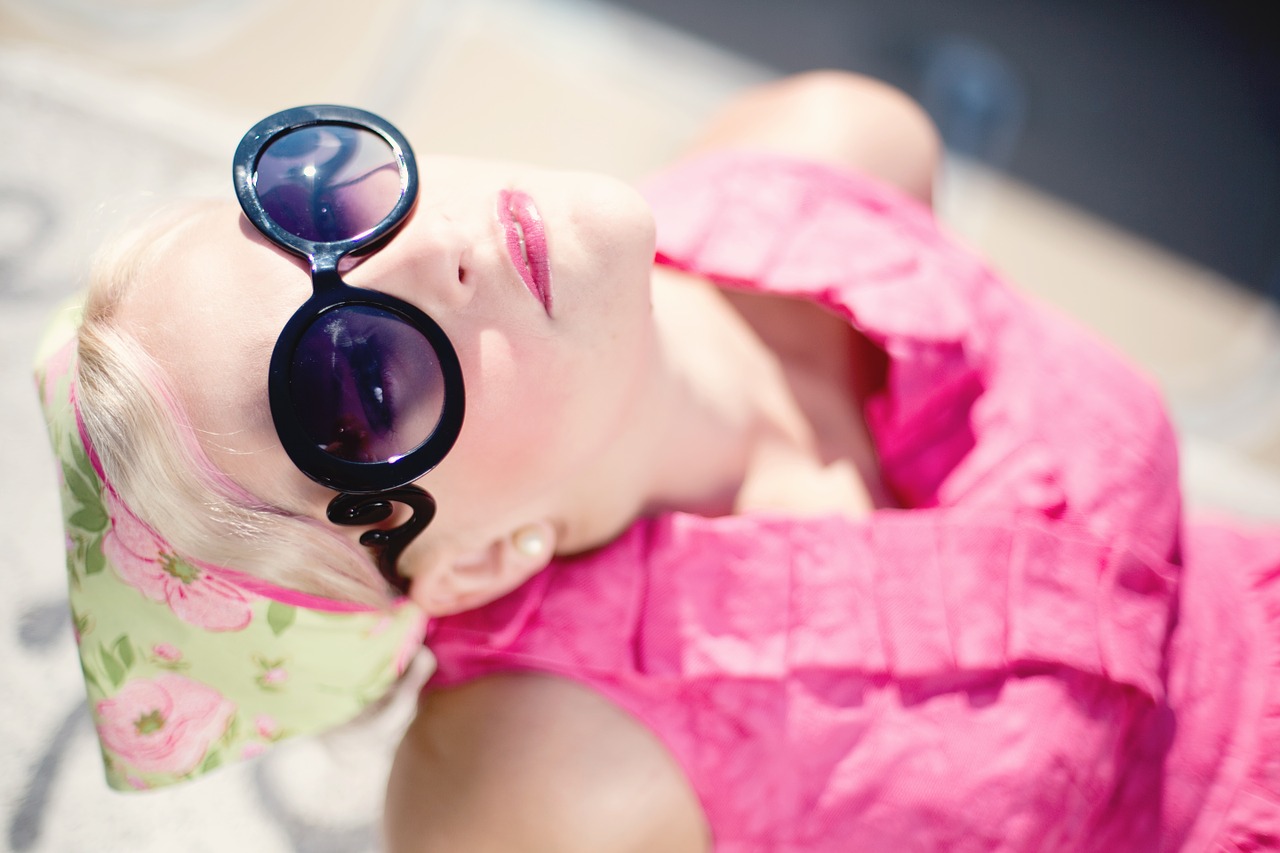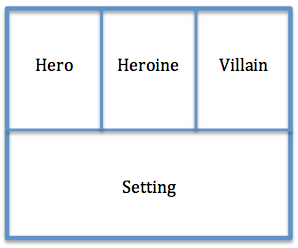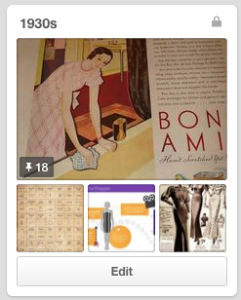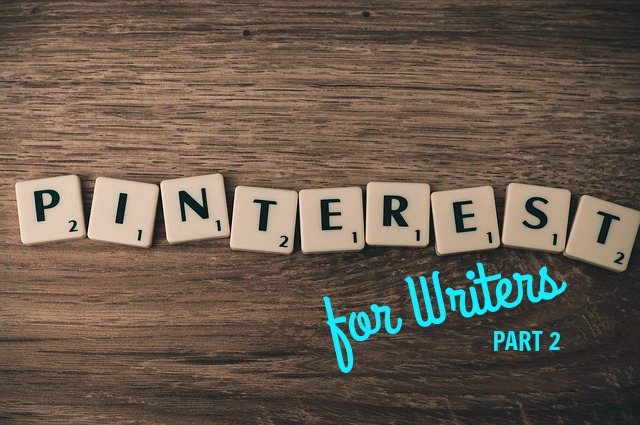As writers, we do many things to capture what drives our characters. We’ll complete questionnaires detailing their likes and dislikes, create a complete family tree, and of course, analyze their goals, motivations, and conflicts. These are useful tools. However, sometimes we just want to SEE our characters and inhabit their world. When a visual aid is needed, here are three ways for picturing your characters lives:
The Wall Board
This old school method is still quite helpful. Hang a board filled with pictures of your characters and setting(s), and it is constantly before you as you write your piece.
Tips for your wall board:
- Use foam board instead of poster board. Foam board is stiff and can be leaned against a wall. Poster board will curl over time and fall.
- Divide your board into sections. In the example below, the top is for main characters while the bottom covers the setting. Remember, to fully capture a character, you need to see them in your story’s environment.
- Look for pictures of your characters in clothing catalogs or fashion magazines. Not only will you capture your character’s style, you’ll also have a nice description of everything they’re wearing. This is great for dressing a character who’s style is not your own. FYI – you can go online to see many companies’ catalogs or request a paper version be sent to your home.
Pinterest Boards
If you’re on Pinterest, you have a ready-made electronic format for researching your characters. Create a board for each of your main characters and pin away with everything that makes them unique.
Tips for your Pinterest boards:
- Make your character boards secret. You don’t want others to see these wonderful people you’re creating until your story is done.
- Use Pinterest to research special topics for your story. Beyond boards for your main 2-3 characters, you can also have boards researching a specific location, time period, event, etc. Below is a board I keep on the 1930s. When I look through that board, I not only see information but also the colors, style, and feel of the period.
Bonus: Once your book is sold, you can share your Pinterest Board with the cover artist and marketing group. They’ll immediately have a feel for your characters and the world these people represent.
Scrivener Character Pages
If you’re already using this writing software, Scrivener has a whole section devoted to character research. If you’re unfamiliar with Scrivener, you can see a demonstration video of this software here: www.LiteratureAndLatte.com.
Items of note within Scrivener:
- This program comes with a basic character template you can customize for your story.
- You can insert pictures or website links to go along with your notes.
- Your character profiles stay with your story. When you open your story file, all your character notes open with it. As you write, your can easily reference or update your character notes because everything is with your manuscript document.
Now that you can see your characters, I’m sure there is a lot for them to do. So, get back to writing. Their stories are waiting!
Sometimes we want to SEE our characters and inhabit their world. #AuthorLife #Writing Click To Tweet






 We love helping your growing in your writing career.
We love helping your growing in your writing career.

Great teaching, Cynthia! Thanks!
Thanks for stopping by, Vonda.